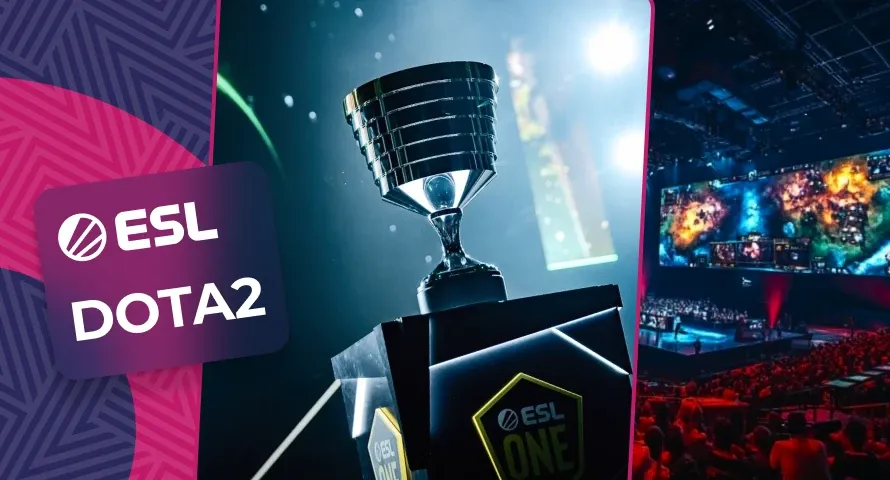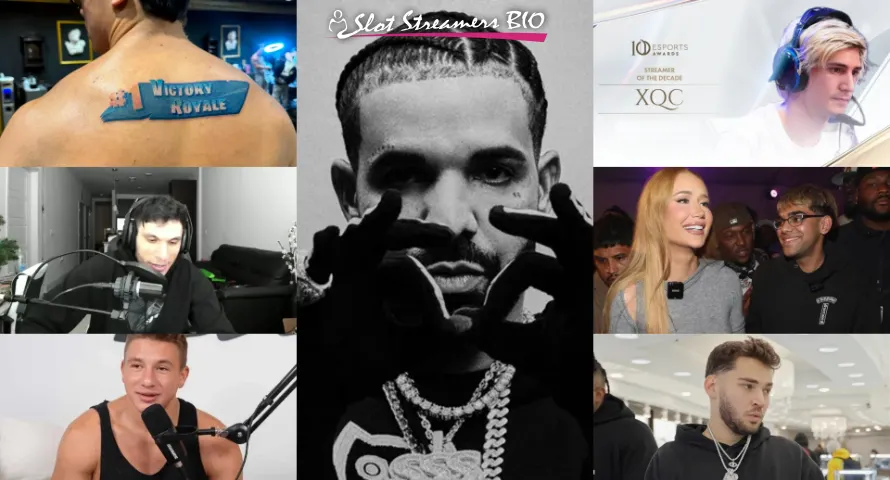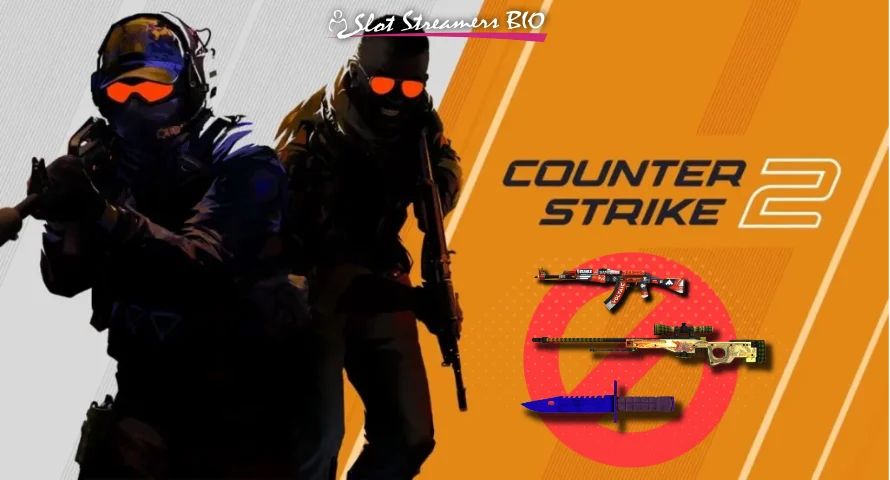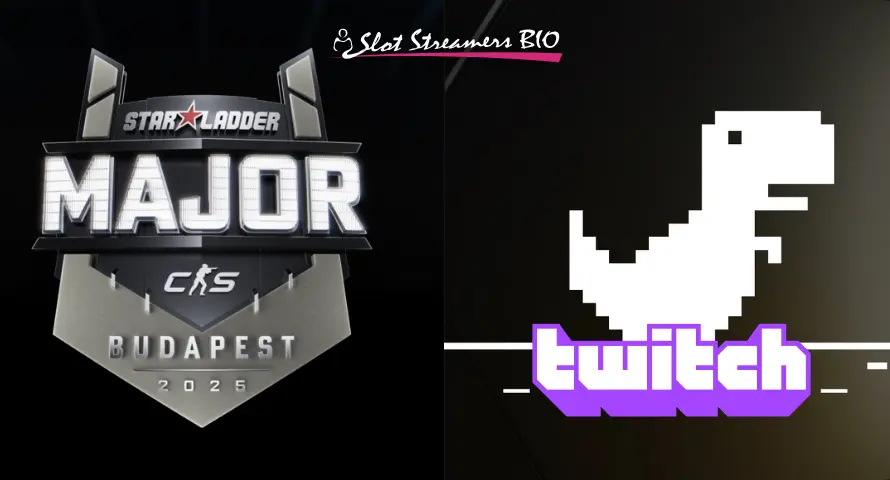Electronic Sports League (ESL) Dota 2

Most people haven’t heard of ESL, but if you follow Dota 2, you’ve probably seen them at work. They’re the ones behind big tournaments, some of the most memorable matches, and the huge prize pools that keep players grinding.
In this article, we’ll break down ESL’s role in Dota 2, spotlight the biggest events, and highlight the teams and players making an impact right now.
ESL and Its Role in eSports
ESL Gaming GmbH (formerly known as the Electronic Sports League) is the world’s largest eSports company that most people have probably never even heard of.
Founded in 2000 as the internationalisation of the Deutsche ClanLiga, the league has grown into a global powerhouse over the years, managing to shape the competitive landscape with several of its titles. ESL has supported over 50 games and runs dozens of tournaments every year.
Dota 2, Valve’s flagship MOBA game, is one of the more complex and strategically demanding eSports titles in the world, especially compared to some contemporaries like League of Legends.
Two teams of five players each control powerful heroes in an epic battle to destroy the enemy’s Ancient structure. The game’s mechanics, constant updates, and massive prize pools have made it a cornerstone of competitive gaming.
However, the league is special within the Dota 2 scene in particular. ESL One features tournaments between the best Dota 2 teams in the world, meaning you get to watch eSports at its highest level.
Name | Type | Founded | Headquarters | Popular Platforms | Twitch Followers | Net Worth |
ESL Gaming GmbH | Organization | 2000 | Cologne, Germany | Twitch, YouTube | 839K+ | $100M+ (estimated) |
Social Media & Contacts
- YouTube: youtube.com/@ESLDota2
- Twitch: twitch.tv/esl_dota2
- Instagram: instagram.com/esldota2
- Facebook: facebook.com/ESLDota2
- X/Twitter: twitter.com/ESLDota2
- Website: esl-one.com
History of ESL in Dota 2
Initial Partnerships and the Evolution of ESL Dota 2
Many people don’t know this, but Dota 2’s journey actually began with the ESL Major Series One (EMS One). It served as the foundation for what would become a thriving partnership with Valve.
ESL Major Series One, or EMS One, was a pretty standard gaming contest for its day and sponsored by RaidCall. But it was one of the only events around pulling in that much talent. With the prize pool being so much larger than almost any other game or tournament at the time, the competition was intense. This would help the game gain traction among gamers.
As Dota 2 evolved and received regular gameplay updates, ESL adapted its event formats and structures to match the game’s changing landscape; it didn’t rest on its laurel. Just look at the last two years, the game is evolving all the time, especially on the biggest stage, and the league is always going to be a part of that.
Landmark ESL Dota 2 Events
- ESL One Frankfurt 2014 – The inaugural ESL One tournament, held at the Commerzbank-Arena football stadium, with over 52,000 gamers watching.
- ESL One New York 2014 – The first major eSports event at Madison Square Garden Theatre.
- ESL One Hamburg 2017 – First ESL One competition to attain Major status under Valve’s new Dota Pro Circuit system.
- ESL One Stockholm Major 2022 – Marked the return to live events after the COVID-19 pandemic.
- ESL One Raleigh 2025 – The first ESL One tournament in the United States since 2015.
Structure and Format of ESL Dota 2 Tournaments
The modern ESL Dota 2 ecosystem operates under the ESL Pro Tour (EPT), which combines multiple tournament formats.
First and foremost, the EPT for Dota 2 features seasons of DreamLeague, during which the world’s best teams will compete online for a total of one to two weeks. DreamLeague is then produced in Sweden, with all of the participating teams competing remotely from bootcamps around Europe.
The EPT 2025/2026 season slightly touched up the normal format, but will now feature three DreamLeagues and one ESL One contest, with ESL One now being the flagship mid-season event. Teams qualify through open and closed qualifiers across seven regions: North America, South America, Western Europe, Eastern Europe, Middle East & South West Asia, China, and Southeast Asia.
Top Teams and Players in ESL Dota 2 Over the Last Several Years
- PARIVISION – Current back-to-back ESL One champions, winning both ESL One Bangkok 2024 and ESL One Raleigh 2025.
- Team Spirit – Consistent top performers and runners-up at ESL One Raleigh 2025. Secured provisional invites to the eSports World Cup 2025 through their ESL Pro Tour ranking.
- BetBoom Team – Among the top six teams in the ESL Pro Tour Leaderboard, earning provisional qualification to major championship events.
- Team Falcons – Elite group maintaining top ESL Pro Tour rankings and securing spots in premier tournaments.
- Tundra eSports – Established powerhouse team continually performing at the highest level in ESL competitions.
- Team Liquid – Veteran organisation with a strong track record in ESL events, holding a position among the top ESL Pro Tour competitors.
Star Players
- Yatoro (Team Spirit) – Two-time International champion and ESL tournament veteran. Known for his versatility, playing 14 different heroes in over 20 games at major contests. Recent runner-up at ESL One Raleigh 2025.
- Collapse (Team Spirit) – Aggressive offlaner with signature heroes like Mars, Magnus, and Timbersaw. Key contributor to Team Spirit’s International victories and consistent league performances.
- 9Class (PARIVISION) – Rising support star whose innovative gameplay has redefined position 4 support.
- No[o]ne- (PARIVISION) – Veteran mid-laner experiencing his “second prime” according to commentators. Former Virtus.pro star who won five consecutive Dota 2 Majors during 2017-2018, now leading PARIVISION to back-to-back ESL One championships.
- Satanic (PARIVISION) – Young prodigy carry player who achieved his first Tier 1 tournament victory at ESL One Raleigh 2025.
Prize Pool and Rewards
ESL Dota 2 competitions have some of the biggest rewards you’ll find in any game, in any country on the internet. Teams will qualify for each DreamLeague via the EPT Ranking System. In layman’s terms, it means they have a shot at a $1,000,000 USD total prize pool each season.
However, to start off DreamLeague Season 25, the winners’ takeaways were touched up a bit, splitting into two categories: Player Prize Money and Club Reward. This was helpful to some of the organisations that’ve been struggling with some cash flow recently. But even with these changes, the owned and eSports team is just bad business.
Nonetheless, the ESL Pro Tour has expanded opportunities for emerging talent through DreamLeague Division 2, with four tournaments and a combined prize pool of $200,000 on top of the earlier $1 million USD.
Twitch Schedule
The Twitch streaming schedule for ESL_Dota2 shows mostly reruns and highlight videos of matches. Naturally, their schedule is tournament-dependent, with reruns early in the morning and highlight uploads later in the day.
Common Days | Typical Time Slot (US ET) | Content Type | Notes |
Wed–Thu | Afternoon–Evening (3 PM–8 PM) | Reruns (often 24h streams) | Rebroadcasts of earlier matches |
Thu–Sun | Morning–Afternoon (6 AM–2 PM) | Highlights & Match Recaps | DreamLeague and other Dota 2 tournament content |
Flexible (during tournaments) | Varies | Live Matches | Depends on the tournament stage and the host region’s time zones |
Conclusion
All in all, Dota 2 has stuck around for quite some time while consistently upping the standard of competitive games. They have some seriously world-class production values alongside fun tourney formats and almost unlimited financial backing from Valve, which is the exact opposite of most games.
From its humble beginnings with EMS One to the current ESL Pro Tour ecosystem, the game has always adapted and evolved with the internet.
It really looks like the competitive scene will keep growing, at least for the time being. As long as that continues, ESL’s commitment to excellence should make for some great moments and tournaments featuring the world’s best teams competing for prestige, prize money, and the right to call themselves champions.








